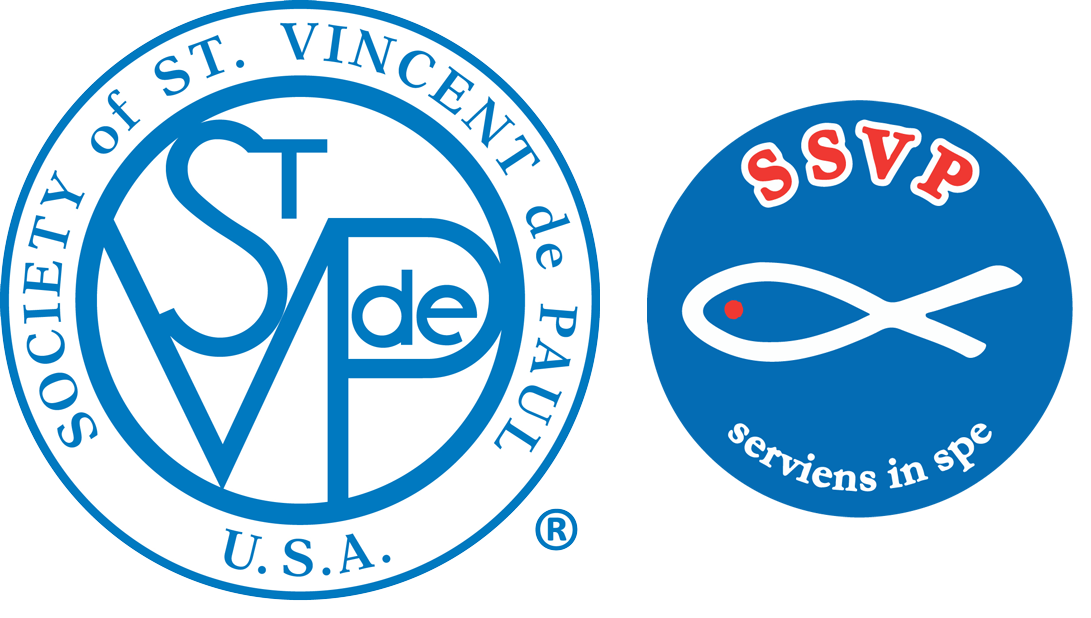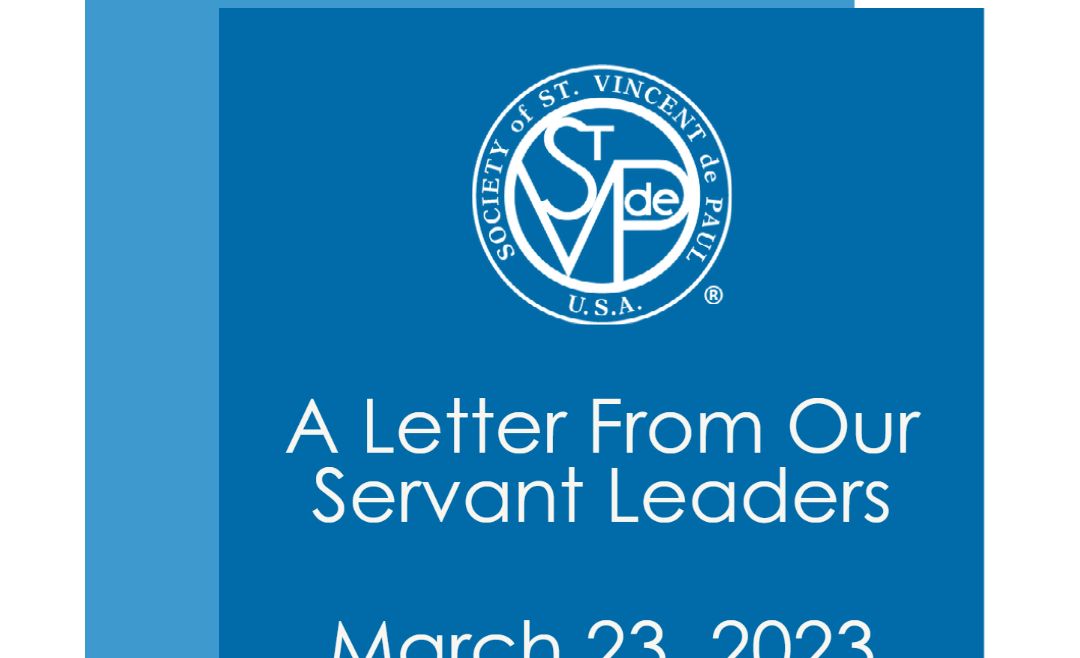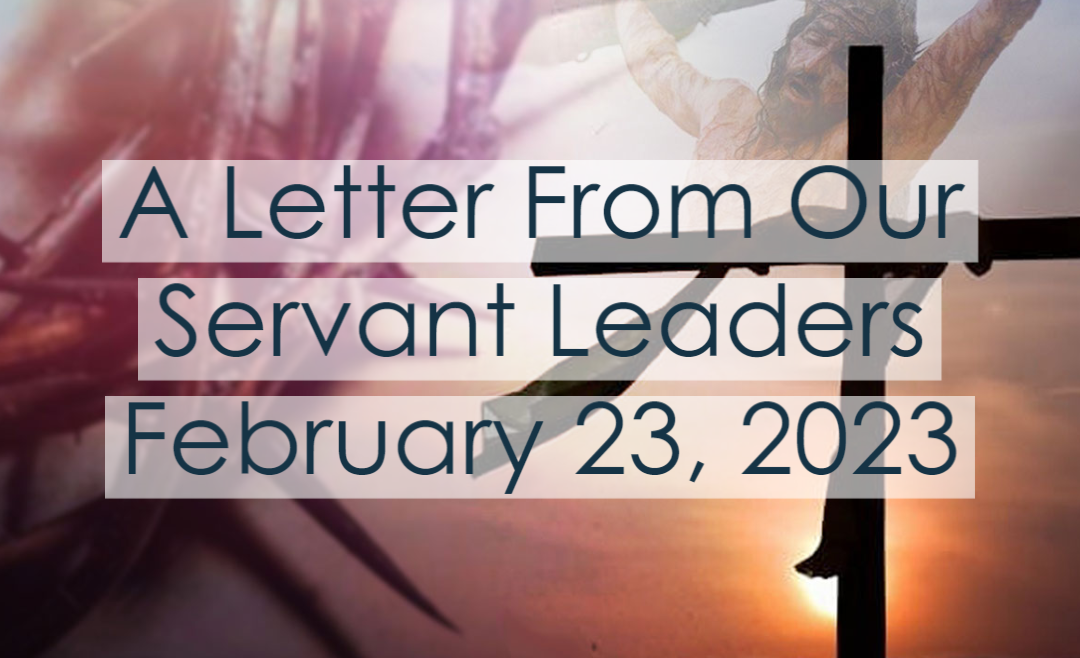Dear Vincentian Friends,
Last weekend I met Sister Norma Pimentel at a regional meeting of our Society in Texas. She is a highly respected leader of relief efforts for immigrants in the Rio Grande area, and I have long admired her work. In the next few weeks, you may see Sister Norma interviewed on national news programs because the situation with refugees on the U.S. southern border will receive a lot of coverage. Talking with her put me in touch with the human stories of suffering and fear that are often ignored in the political narrative the surrounds this complex problem.
Some have called Sister Norma the Mother Teresa of the Rio Grande, but I think she is more like our Blessed Sister Rosalie Rendu. Sister Norma is trusted and beloved by those refugees she serves, and she is also trusted and respected by border patrol agents and their leaders. (She tells me the agents all have her cell phone number and regularly call her.) Like Sister Rosalie, Sister Norma is trusted by the poor and is trusted by those who have the resources to provide aid.
Sister has stories to tell that humanize the refugee situation at our southern border. She emphasizes that you need to get close to the people to understand, and she believes that it is possible to protect our borders and still respect humanity. We Vincentians understand the need to get close to the situation and listen to those who suffer. We serve people who are without shelter, without food, and without adequate healthcare, and who are also portrayed with a narrative that fails to capture the real suffering and fear experienced by people living through complex, difficult realities.
The answers to migration, homelessness, unemployment, addiction, hunger and lack of healthcare are complicated, with people of goodwill disagreeing on how to respond. Frequently, however, the political narrative is not centered on finding solutions but rather on scoring political points and demonizing people with opposing ideas. Let’s not get caught up in this as we advocate for compassionate responses to the serious problems from which we see people suffer.
Sister Rosalie and Sister Norma are role models for us in their sharing of stories that show the human faces of those they serve – so that the real people involved are not cast as mere pawns in divisive political debates. We can do that, too, but we need to take the time to have actual conversations in which we listen to those we are helping. That takes some extra time and effort, not just talking to get the information to fill out an application or voucher. When we do that, Frederic Ozanam says, “we begin to know the elements of this formidable problem of misery; then we have the right to propose serious measures, … instead of frightening society.”
In that same speech Ozanam gave in 1848, he also tells us, “when the times are so difficult, the problems so serious, the designs of God so hidden, how could the finest citizens not be divided and not bring to their opposite opinions all the passion of their patriotism?” There will be a lot of political news in the next few weeks that affects the people we serve, and we Vincentians will not always agree amongst ourselves about what should be done. Let’s be sure we always respect each other and work to preserve the human dignity of all who suffer – because in them we have seen the face of the suffering Christ.
Serviens in spe,
Ralph Middlecamp
SVdP National President








